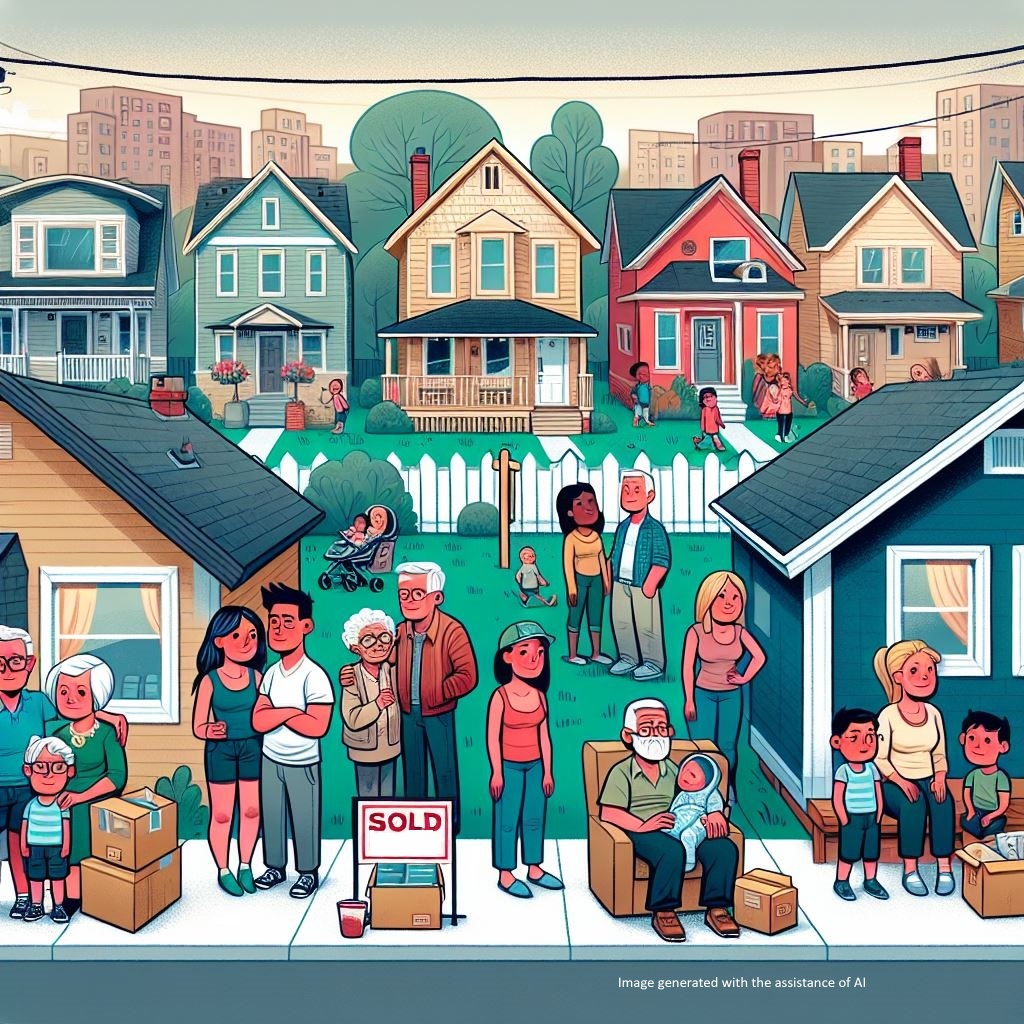Foundational Shifts
Submitted by Atlas Indicators Investment Advisors on January 31st, 2025
Housing markets are ever-changing. Each month Atlas notes developments when writing about both the new and existing home sales. Many obvious changes happen (e.g., prices, transaction volume, or inventories), but other underlying currents are less obvious. The National Association of Realtors (NAR) created their 2024 Profile of Home Buyers and Sellers, and it sheds some light on the fascinating demographic trends in the existing housing market.
According to the NAR, the typical age of home sellers has reached an all-time high: 63 years old. The pace of this demographic shift feels kind of fast, but that’s what the data are saying. As recently as 2005 (I know, it was almost 20 years ago), the average age was 47 years old. Put differently, however, it is almost as if those selling homes then are mostly the same folks doing so now.
First-time buyers are representing a shrinking share. According to the report, new entrants into homeownership represented 40 percent of transactions in 2008. It’s currently closer to just 24 percent. Income levels are up for first-time buyers as well. Their household income is up $26,000 in the past two years alone. Not only do they represent a shrinking share of buyers, but they are getting older too. The median age of first-time buyers was 38 years old, up from the late 20s in the 1980s.
Family dynamics offer an interesting look at purchasers as well. Not surprisingly, married couples represented the majority of buyers, reaching 62 percent. Single women comprised 20 percent, while unmarried men purchased just eight percent. An all-time high of 17 percent of all buyers purchased homes for multi-generational living.
These foundational shifts in the housing market paint a vivid picture of the evolving landscape of homeownership in America. As the age of sellers climbs, first-time buyers dwindle, and family dynamics reshape, we're witnessing a transformation that extends far beyond monthly statistics. These trends, to some extent, reflect broader societal changes, economic pressures, and shifting priorities among generations. As we look to the future, it appears that the face of homeownership is changing, and with it, the very fabric of communities. The housing market of tomorrow may look vastly different from what we've known, challenging current perspectives and possibly shaping policies to better fit this new reality.

